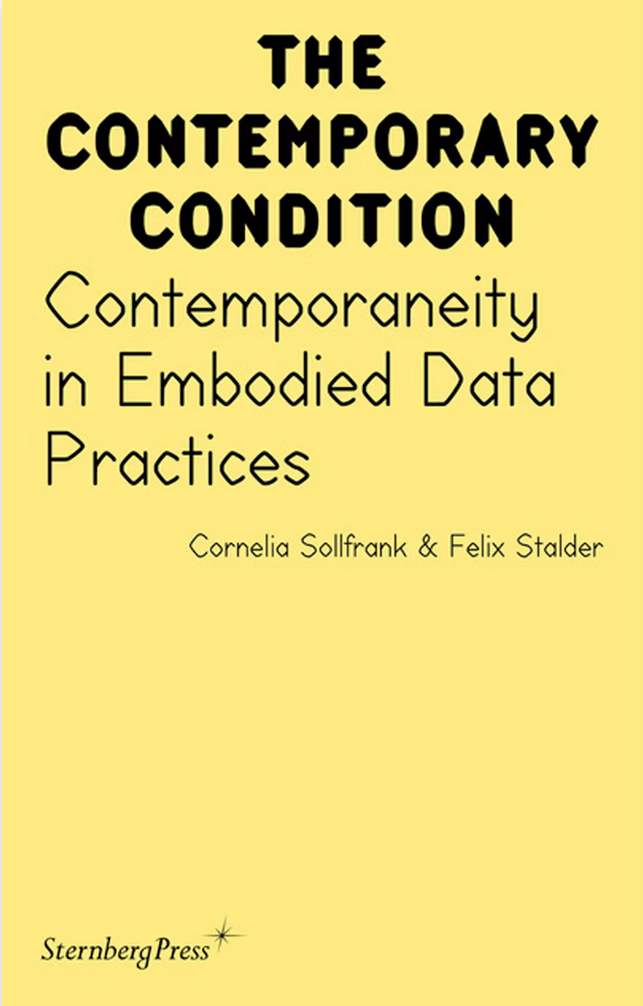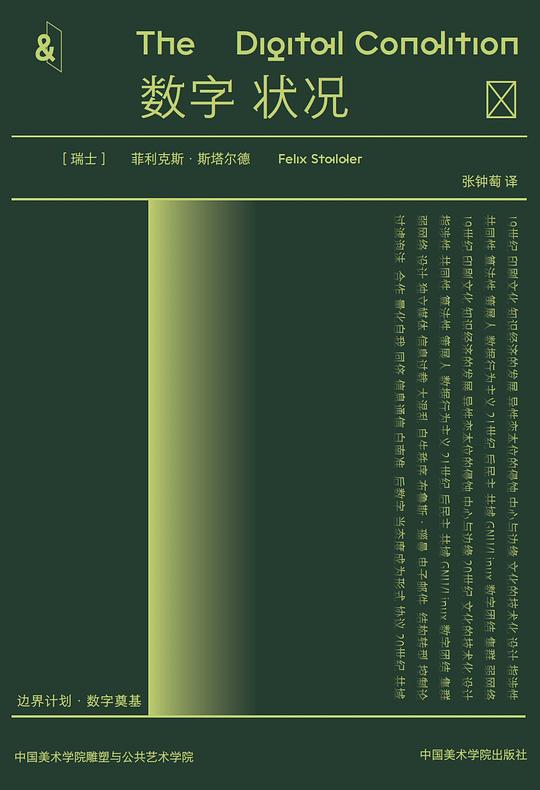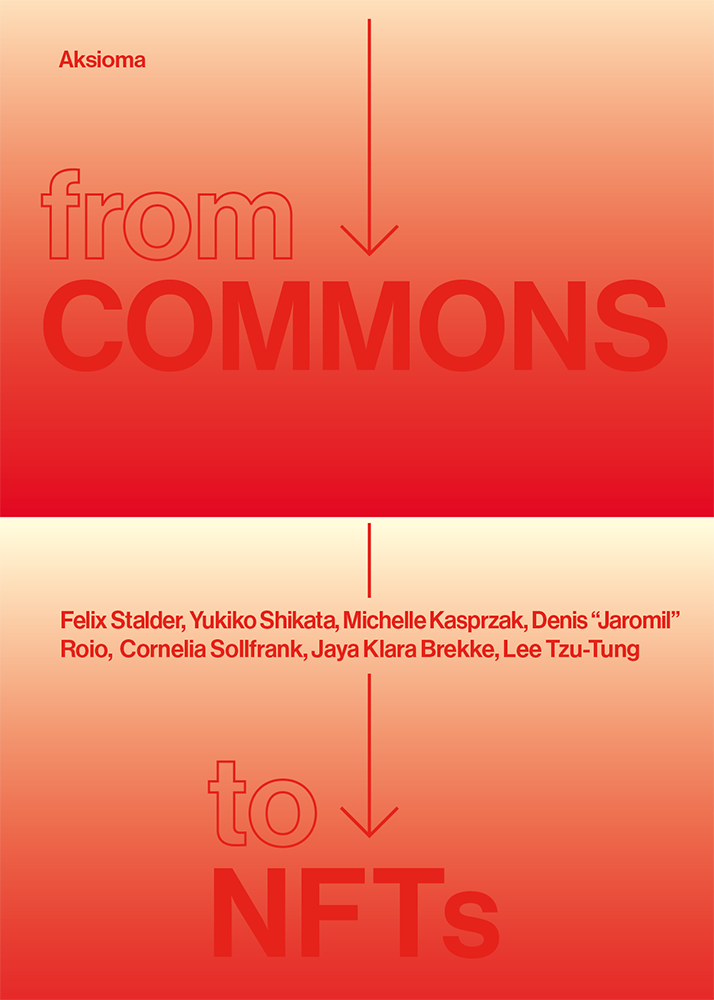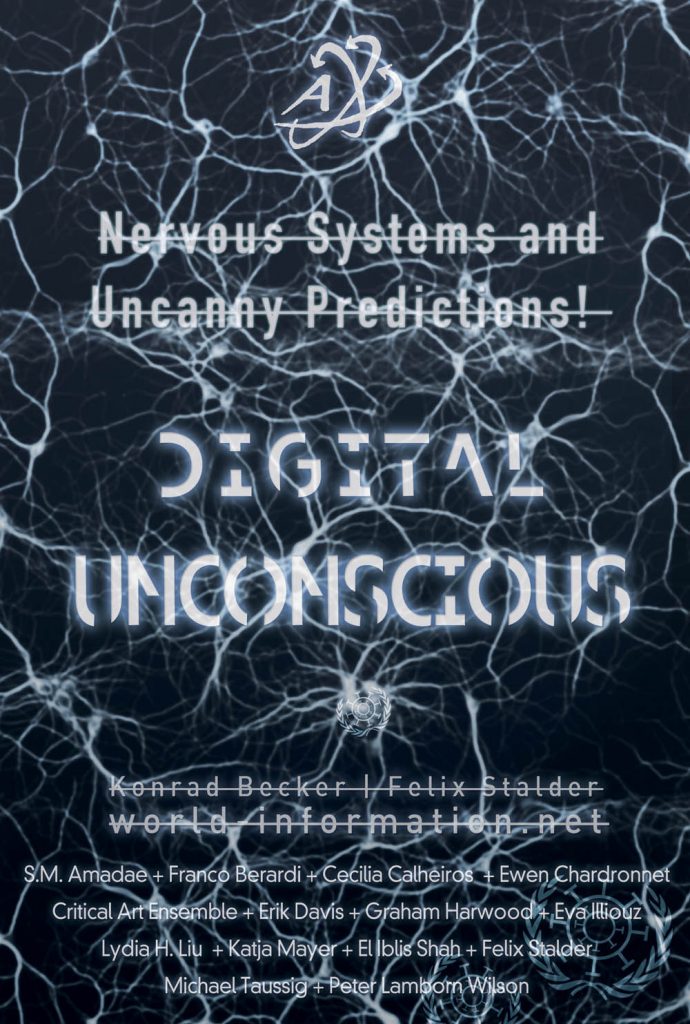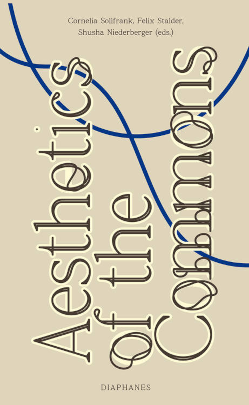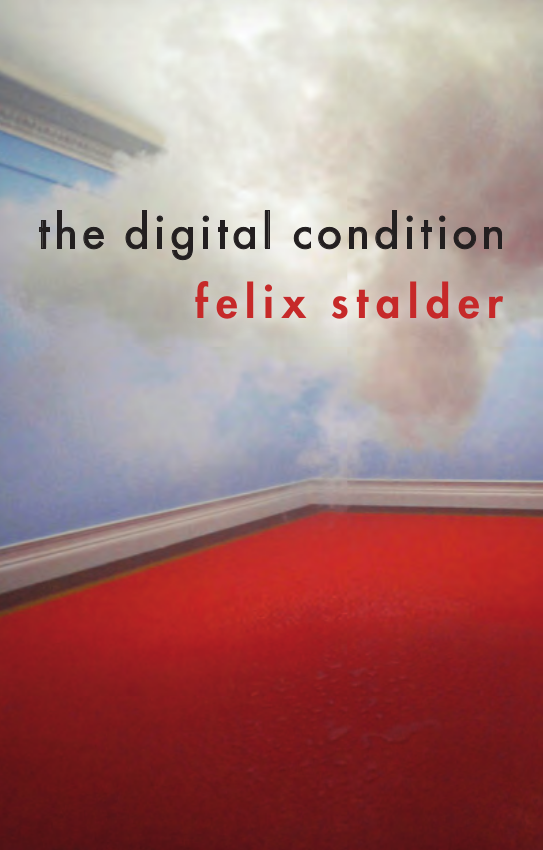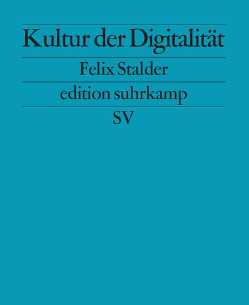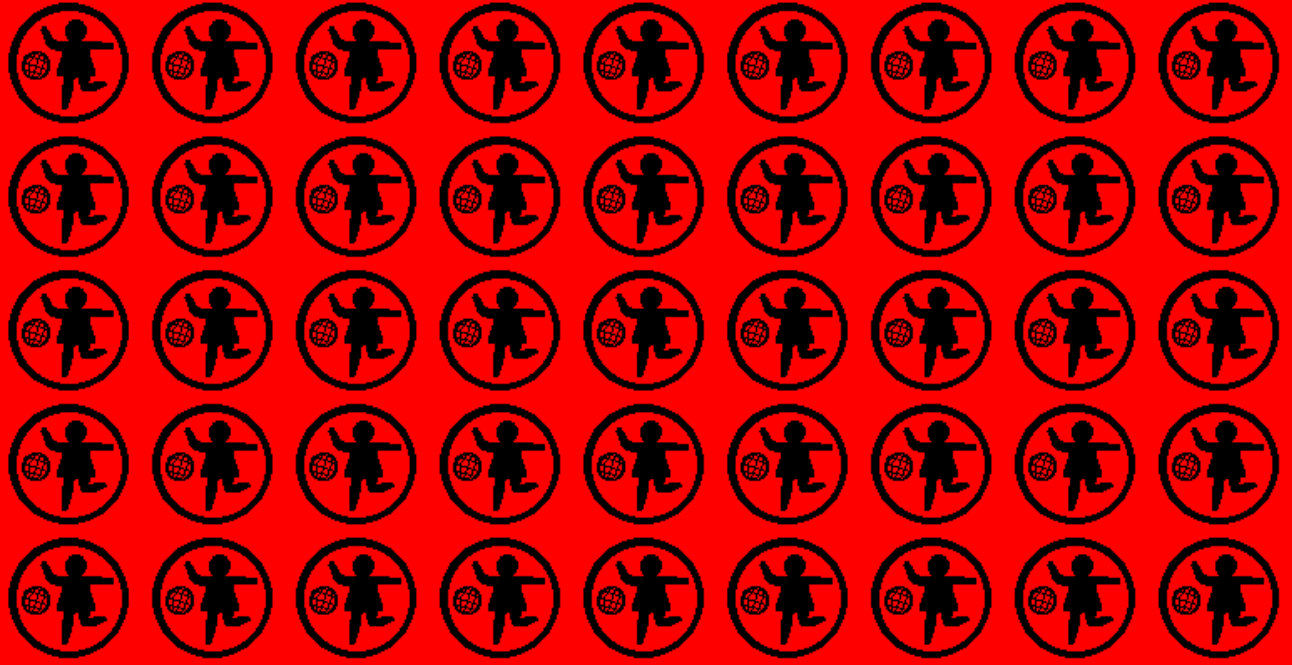
This text was written as a contribution to the workshop Public in the Making, 18-20 October 2018 İstanbul, part of the project Trans making: art, culture and economy to democratize society. A well layouted PDF is also available. Thanks to Fatih Aydoğdu for the invitation.
Democracy, even in its most rudimentary definition, contains two elements.1 The first is that of public deliberation and contestation of the issues affecting the “demos” (the people) as a collectivity. The precondition here is the availability of an easily accessible, shared space in which different opinions and attitudes can be expressed, compared and peacefully fought over, as a way for the members of the collectivity (the “citizens”) to form their opinions and plot out diverging futures. The second element allows to express those opinions and interests in a way that leads to a decision regarding the future that is binding for, and accepted by, all. Usually, this is done by voting either “yes” or “no” to a specified proposal for action, or by selecting representatives from a group of pre-selected candidates, often, but not necessarily, organized as political parties that stand for competing visions of the future. If the first element is weakened, voting is transformed to a ritual of submission and propaganda in the machinery of dictatorship, if the latter is reduced, democracy turns into post-democracy where issues are debated but decision making is outsourced to “experts” or “the market” (Crouch 2004).
Apart from local, presentist forms of democracy, say Ancient Greece or small Swiss cantons, where people gather at a particular time in one place (Agora or village square) and directly discuss and vote on the issues of the day, the processes of democracy have always been heavily mediated. The decision-making element has, quite astonishingly, barely changed over the last 200 years. We still have people dropping slips of paper into ballot boxes, which are then counted by officials. Of course, some of this has been automated and digitized, but – such is the promise – this material change is only a matter of efficiency and convenience, not a substantive change in the process.2
The public sphere as space
In the following, I will focus on the transformation of the first element, the space of deliberation and contestation, that is, the public sphere in a political sense. I will draw on the Western European experience, not because I think it’s universal, the most advanced or an ideal for everyone to aspire to, but because such an explicit focus might offer the reader a better chance to draw out similarities and differences to other experiences. One of the more universal problems of physical co-presence is that it doesn’t scale. It becomes highly impractical beyond a relatively small number of people. This has been used as an argument to restrict the number of people who can participate. In one Canton in Switzerland, the limited size of the village square (the “Ring” in Appenzell Innerrhoden) was invoked against women participating in local democratic assemblies as late as 1990. Thus, in modern, mass-societies, the public sphere consists of two interconnected layers. The physical space, public squares and assembly halls, continue to play a role, but most of the deliberation, the expression of opinions and arguments for and against a certain course of action, takes place in a mediated space.3 If we follow Habermas’s (1989) famous argument, first published in 1962, we can differentiate within the history of the public sphere two different structures of that mediated space. The first was provided by hundreds of “learned societies” which sprang up across Europe in the 18th century and provided the social basis for the formulation and spread of enlightenment ideas. Many of these societies had publications to which the members could contribute their own texts, sometimes in response to each other, to open calls or essay contest. Immanuel Kant’s famous 1784 essay “What is Enlightenment?” in the Berlinische Monatsschrift, for example, was a response to this very question, which was raised in the same journal a year earlier. Jean Jacques Rousseau’s first major publication in which he introduced the idea of the “noble savage” and argued that the progression of the sciences and arts had caused the corruption of virtue and morality, was submission to open essay contest by the Academy of Dijon in 1750. Within a relatively small social group (the “men of letters” associated with the rising bourgeoisie) these societies, their meetings and their journals, provided the space for an open debate in which any member of the group could, in principle, contribute. It was, to put it in contemporary terms, a many-to-many communication system, in which individuals could put out their ideas to be debated, locally in meetings and translocally in publications, by peers, following enlightenment rules of logic and evidence. There was no king or nobleman who could decide the argument by fiat.
Out of this, the modern sciences merged, but for Habermas this was more, a kind ideal of rational deliberation where arguments triumphed over interests and the public (that what is shared between people) took precedence over the private (that which is unique to a person). Of course, these learned societies weren’t democratic in a full sense because they were not connected to political decision-making, but they established an ideal for democracy to aspire to and that came to provide an important element of legitimacy for liberal, representative democracy.
The rise of mass media
For Habermas, this changed in the late 19th century with the rise of mass media, particularly commercial mass media. As the popular basis of democracy expanded – for example, in the Germany after the unification of 1871, all men over the age of 25 where allowed to vote, in 1918 women were allowed to vote as well, and in 1920, the voting age was lowered to 20 years – so did the modern mass media. They were one-to-many media. Only a few could write and most people where simply readers/audience. This now became the main space of public deliberation. Given the capital-intensive nature of the mass media, the concentration in ownership and the highly unequal distribution of the power to speak, however, interests began to triumph over arguments, either partisan or, increasingly, commercial interests. After the WWII, as the old location-based organizations (unions, churches etc) began to wane, media, financed in part or in total by advertisement, became the almost exclusive space of the public sphere.
The physical space, squares on which demonstrations could be held, for example, remained important, but what happened there was mostly about creating visibility and gaining entry into the space generated and controlled by the mass media.
Freedom of the press, and with it, the idea of the mass media as a controlling element (the fourth power, after the executive, legislature and the juridical system) was established a cornerstone in liberal democracies. But powerful commercial, political and, to a lesser degree, social actors, quickly realized that they not only needed mass media to generate large-scale publics, but that they could use these media to shape these publics according to their own interest. Thus, to follow Habermas one more time, the public sphere morphed into something where not arguments where evaluated against each other in terms of their truth value, but where commercial interests dominated. As much as political deliberation remained, it was subsumed under the commercial imperative. As Guy Debord pointed out in the late 1960s, media politics relegated most people to the sideline, inducing passivity, and the sphere of politics served less and less an informational purpose, but was organized as entertainment, an increasingly elaborate spectacle created for consumption, masking, rather than revealing, politics (Debord 2004).
With the commercialization of the media, particularly the rise of private television, the balance within mass media shifted decisively in favor of commercial interests and their allies within the political system. One of the most extreme cases was Silvio Berlusconi, a media mogul who became the Italian prime minister in 1994, initially motivated to protect his TV empire and then used his control over private television and the continuous production of spectacles to remain in power for four consecutive terms. But by then, all major parties had begun to rely on media advisers, “spin doctors” who manipulate the mass media (“spin”) in their candidate’s interest and a new symbiosis between commercial media and political elites developed.
The networked space
During the late 1990s, early 2000s the structure of the public sphere began to shift again. The Internet, a new medium for renewed many-to-many communication, became itself a mass medium. While established broadcast media and the politicians who had come to power through them were slow to react, the new medium was enthusiastically adopted by those whose views and interests were not represented by the mass media. This was either because they were too marginal to be profitably addressed within the structure of broadcast, or because they were barred from voicing their concerns for political, commercial or moral reasons. They found the new media ideally capable of establishing their own, self-organized spaces in which they could develop their own set of references, ways of being in the world and ways of acting (Stalder 2018). Initially, this led to a real expansion of the capacity to speak, as more people from more diverse backgrounds and interests could organize public speech outside the mass media, and to a growth in cultural diversity accompanied by hopes for a more inclusive and expansive democracy (Sclove 1995). These hopes, as we know today, failed to materialize. But why?
There are several reasons. First, the effects of the expansion of communities, of self-organized groups of like-minded people who share interests and perspectives have been very ambiguous. On the one hand, this has been (and still is) an element of social liberation, in the same way as people who did not fit into rural or small-town life have always moved to big cities to seek better chances for their life and/or to find like-minded people who live outside the narrow norms that govern provincial life. On the other hand, this proliferation of communities also led to a fragmentation of interests and of world-views, driving them ever further apart. This, again, has different reasons. One is that the need to create and maintain a shared horizon turns such groups inwards. The most important thing is what happens inside the group because without this constant orientation toward each other (or, more precisely, towards each others communication) they would fall apart. After all groups are created through the practice of communication and without continuous communication, they would cease to exist. But not just any communication, there needs to be just the right amount of agreement (things that are taken for granted and this do not need to be discussed, allowing the discussion of focus on particular issues) and dynamic change (novel contribution to a shared resource, new information and ideas to be debated and made use of, or simply enjoyed like a funny cat picture). The social mass media, with their ability to share, comment and like, are created precisely for this type of communication. Within such a structure of communicative community, if the agreement within the group becomes too small, then to communication becomes burdensome and the community falls apart. If change ceases to the introduced in a productive manner, the community falls silent, like an old couple who already knows what the other person will say without him or her actually saying it. This inward orientation allows these communities to develop a shared world-view, but it increasingly estranges them from each other. They grow apart and the points of reference they share are shrinking. The others become increasingly unintelligible.
The second dynamic that drives this fragmentation has to do with a general cognitive strategy for reducing complexity and dealing with information overload. Namely, by filtering out information that does not fit into existing cognitive structures, that is information that would contradict already established narratives and opinions and is thus difficult and time-consuming to interpret and make sense of. This is called “confirmation bias”, which Wikipedia defines as “the tendency to search for, interpret, favor, and recall information in a way that confirms one’s preexisting beliefs or hypotheses. ... People display this bias when they gather or remember information selectively, or when they interpret it in a biased way.” It has been well-known since the 1960s that stress increases this bias because of the need to react quickly (hence no time to questions one’s own assumptions) that the effects of this bias include polarization of opinion, overconfidence in one’s own judgment, persistence of discredited believes, a preference for the first information on a new subject (hence it’s ineffective to correct fake news), and a tendency to draw illusory association between events (Plous 1993; Fine 2007). And today, everyone is stressed by the acceleration of daily life under capitalism and the massive amounts of information s/he has to processes every day. In part as a reaction to this stress, large social networks are now “personalizing” the information flows, meaning they suppress information that does not fit into established cognitive patterns. Their filters interpret such information as things a user doesn’t like or isn’t interested in, and sort it out, automatically and largely undetected by the user. Confirmation bias is now part of the infrastructures of communication. The world at high speed starts to become coherent again, but at a price of becoming a world in which “the other” has no place. The third dynamic is related to the fact that more and more aspects of our daily life are becoming mediated and, as society becomes more complex, less and less of the reality is intelligible through direct inspection. But the mediated reality, as propagandists and advertisers have known for a very long time, is quite easily manipulated, because every mediation is also a fabrication. In digital media, this is even more the case, because the manipulation can be produced at a mass scale, thanks to advances in automated image, audio and video editing, in real time and high quality, and at the same time, tailored to very small, increasingly closed (in terms of their cognitive outlook) groups. This further erodes what might be experienced as a shared reality. And since this mass manipulation is now tailored to fit the confirmation biases of very targeted groups, it becomes harder and harder to detect by the targeted, because even the false information fits perfectly into one’s assumptions. So “fake news” start to feel more real than “real news”.
Last but not least, broadcast media which remain important as a way to bridge between these fragmented groups, are often following the leads social media, not the least because they are easy to follow and cheap to report on. Given the need to get it first, rather than get it right, they often report social media sentiment as reality – which in some way, it is, because it is what people (or bots masquerading as people) are talking about – thus further validating the distorted perceptions and feeding a sense of constant, more or less random, scandals and conflict, chasing each other at high speeds.
New Politics of the networked public sphere
This produced a new structure of the “public sphere”. Whether the term “public sphere” still makes sense, has been debated for a while now (Boeder 2005). In my view, it’s more questionable than ever, not the least since the distinction between the “public” and the “private” has been eroded almost completely, and it’s not one sphere but, at best, a patchwork of overlapping spheres. But I use it here because it still is a structure, networked now, from which a specific type of politics emerges. At the moment, there are three strategies reacting to the affordances of this new structure. The weakest strategy issues calls to reason and affirms the importance of quality media and fact-based reporting. As a researcher and scientist who is committed to Enlightenment ideals, I can sympathize with such calls, but they ring hollow in my ears. Because they are, in a way, calls to an idealized past of deliberative democracy and Habermasian discourse ethics that was already in decline when Habermas wrote his analysis in the early 1960s. Thus, it is unlikely to be effective for reasons too numerous to elaborate on here.
The currently most successful political strategies are focusing on increasing the antagonism and division. Their aim is to create fear and confusion in people to which a strong leader is offered as a relief. He (or she) is portrayed as standing above the fray and able speak over the cacophony of voices. In some cases, particularly in Western Europe and the US, social media offer a new resource in the arsenal of such strong men, because of the purported ability to speak directly to their followers, without mediation by the mass media (which are defamed as “fake news” or “Lügenpresse”). Donald Trump is perhaps the most extreme case of this strategy in the West, but it’s used by the far right across in many countries, and the strategy is not limited to the West.
The most hopeful (in terms of a renewal of democracy) strategies go in the opposite direction. They are trying to use the new organizational capacity of digital many-to-many communication to reconnect the digital with the physical and thus limit the opportunities of undetectable and pervasive manipulation by creating new moments of direct physical experience shared with others. This was most evident in the wave of occupations of public squares between 2011 and 2013 that were organized through digital media, but manifested themselves on city squares, creating opportunities for diverse groups to meet and find, most literally, common ground. Depending on the local conditions, these movements were either suppressed, swept away by dynamics they unleashed but could not control, or transformed themselves into new political actors that entered the political systems while trying to bring new forms of participation and deliberation, learned in the squares and organized through digital media, into formal politics. From this, a network of “rebel cities” (Harvey 2013) led by Barcelona and Madrid, but extending far beyond Spain, emerged. They are trying to reinvent democracy for the 21 st century, by transforming the space of deliberation and creating new ways of participation.
While these are the most prominent and, in their ambition, most far-reaching examples, there is an explosion of attempts and concrete projects to reconnect the digital and the physical in ways that can help to counter the fragmenting and divisive dynamics of the former and transforms the latter, ranging from community gardens and self-repair shops who are using digital tools to organizing the sharing of knowledge and labor, to campaigns to “recommunalize” or turn into a “commons” basic infrastructures such as electricity grids and drinking water. The point is when using digital media to generate new dynamics in physical shared space, it becomes more difficult to manipulate the media content because it’s quickly and easily validated (or contradicted) by direct experience. If if the app of your car-sharing systems shows you that there is a car around the corner and then you go there and the parking space is empty, then there is not much to debate about the merits of digital information. It’s clearly and obviously wrong, even if the map was rendered in the most sophisticated way and provides lots of links to further information.
So, the old forms of democracy, the established ways of how the public sphere has been constructed, are in a deep crisis and no amount of appeals to an idealized past will save it. They are clearly no longer up to the task of organizing an increasingly complex society. Against the turn renewed authoritarianism we should think about how to re-connected to capacity of the digital, it’s ability to provide new ways of knowing and of being together, with the experience of physical space, as a way to counter the current tendency towards fragmentation into smaller and smaller communities and the resulting unintelligibility of the world. That will be difficult, but what’s the alternative, really?
References
Boeder, Pieter. 2005. Habermas’ Heritage: The Future of the Public Sphere in the Network Society. First Monday.
http://firstmonday.org/issues/issue10_9/boeder/index.html
Crouch, Colin. 2004. Post-Democracy. Cambridge, UK: Polity Press.
Debord, Guy. 2004. The Society of the Spectacle. London: Rebel Press. http://www.bopsecrets.org/images/sos.pdf.
Fine, Cordelia. 2007. A Mind of Its Own: How Your Brain Distorts and Deceives. New York: Icon Books.
Habermas, Juergen. 1989. The Structural Transformation of the Public Sphere: An Inquiry into a Category of Bourgeois Society. Cambridge, MA: MIT Press.
Harvey, David. 2013. Rebel Cities: From the Right to the City to the Urban Revolution. Paperback ed. London: Verso.
Mouffe, Chantal. 1999. “Deliberative Democracy or Agonistic Pluralism?” Social Research 66 (3): 745–58.
Plous, Scott. 1993. The Psychology of Judgment And Decision Making. New York: McGraw-Hill.
Rancière, Jacques. 1999. Disagreement: Politics and Philosophy. Minneapolis: Univ. of Minnesota Press.
Rubin, Aviel. 2016. “Why Internet Voting Is a Nonstarter.” JHU Engineering Magazine. June 28, 2016. https://engineering.jhu.edu/magazine/2016/06/internet-voting-non-starter/.
Sclove, Richard E. 1995. Democracy and Technology. New York, London: Guildford Press.
Stalder, Felix. 2018. The Digital Condition. Cambridge, UK; Medford, MA: Polity Press.
Endnotes
1A more substantive definition contains at least two more elements, the rule of law that limits those in power and the protection of minorities which protects against the dictatorship of the majority. A comprehensive conceptualization of democracy recognizes the importance of general social conditions such as universal education and a degree of social equality and security.
2Many computer scientists reject this promise by pointing out the substantive difference between physical and electronic ballots in terms of security and verifiability (Rubin 2016).
3 Of course, there are other theories of the public sphere beyond this “deliberative” model, but they all agree it’s central role for democracy and envision it as a space in which different opinions, interests and ideas for the future confront each other non-violently. (Mouffe 1999; Rancière 1999)






